Nanoparticles as drug delivery systems for diagnosis and treatment of diseases are considered as important advances in the field of medicine.
- Increasing the selectivity of nanoparticles:
- Reduction of side effects:
- Increasing the accuracy of diagnosis:
- Increasing the efficiency of treatment:
- Research advances:
- Body-compatible nanoparticles for targeted therapy
- Nanoparticle-based gene therapy for the treatment of diseases
- Advantages
- Direct drug delivery to the target:
- Increasing the solubility of drugs:
- Reduction of drug consumption:
- The possibility of imaging specific areas of the body:
- capabilities
- Innovative advances in treatment:
- Dimensions of nanoparticles:
- furface coverage:
- High permeability:
- Using targeted systems:
- The ability to carry several drugs:
- Resistance to pH and temperature:
- Targeting properties based on receptors:
- The possibility of transporting insoluble drugs in water:
- The ability to change shape and composition:
- Combination with imaging techniques:
- Nanoparticles to overcome drug resistance
These improvements include
Increasing the selectivity of nanoparticles:
due to their small size, nanoparticles have the ability to penetrate into different tissues and cells of the body, which facilitates the transfer of drugs and diagnostic materials to the target points of the body.
Reduction of side effects:
By using nanoparticles as a drug delivery system, drugs can be designed in such a way that the possibility of side effects is reduced and they have a more effective effect on the disease.
Increasing the accuracy of diagnosis:
By using nanoparticles as a means of diagnosing diseases, it is possible to achieve higher accuracy in diagnosing diseases and better guide treatment measures.
Increasing the efficiency of treatment:
Nanoparticles can improve the efficiency of treating some diseases due to their ability to combine with other substances and increase their medicinal properties.
Research advances:
The research conducted in the field of nanotechnology and nanomedicine has made significant improvements in the field of drug delivery and disease diagnosis.
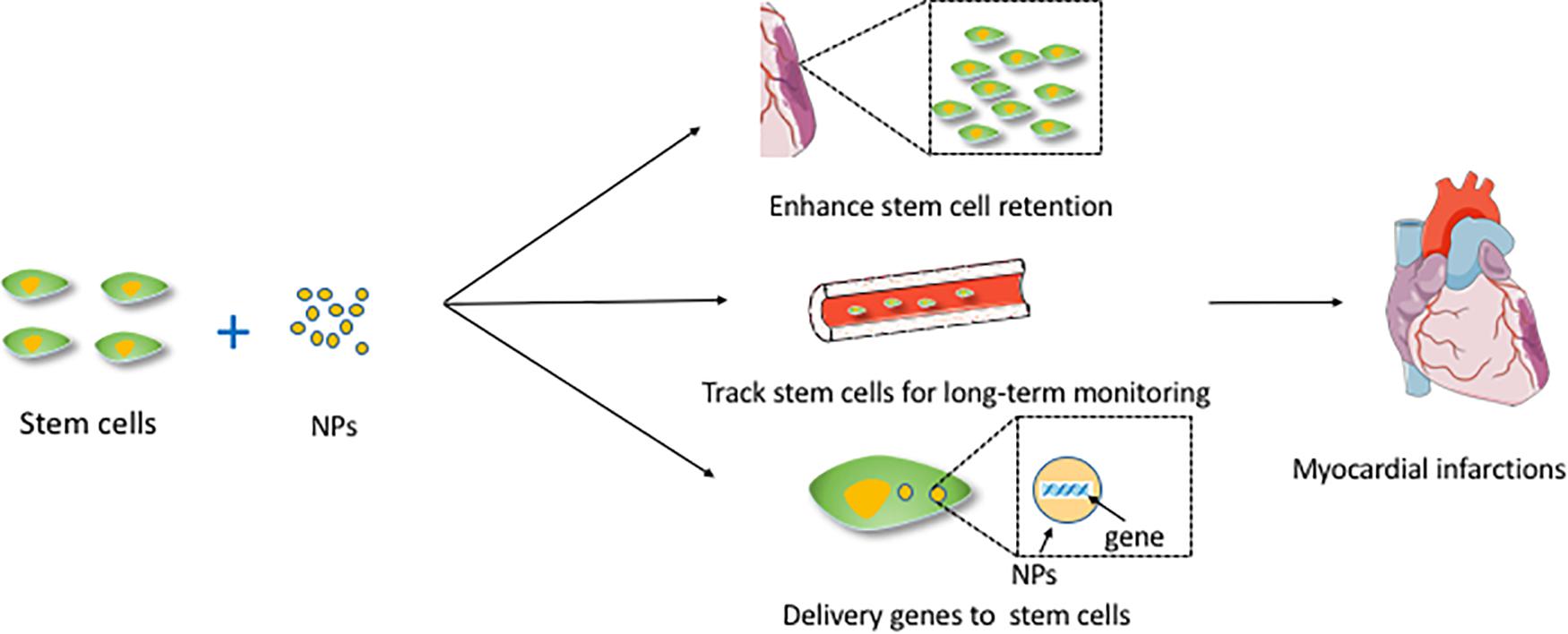
Body-compatible nanoparticles for targeted therapy
Production of body-compatible nanoparticles for use in targeted treatment of diseases.
Methods of producing nanoparticles as drug delivery systems include the following:
Combination method: In this method, nanoparticles with the size and properties required for drug delivery are combined. This method allows the creation of nanoparticles with unique properties for each type of medicine and disease.
Chemical synthesis method: In this method, nanoparticles are produced using chemical reactions and chemical synthesis processes. This method allows precise control of the size, shape and properties of nanoparticles.
Structuring method: In this method, nanoparticles are produced using structuring processes such as applying pressure, heat or electromagnetic waves. These methods can help control the physical and chemical properties of nanoparticles.
Biological method: In this method, cells, proteins or nucleic acids are used to produce nanoparticles. These methods are of great interest due to their compatibility with the body and greater flexibility in the design of drug delivery systems.
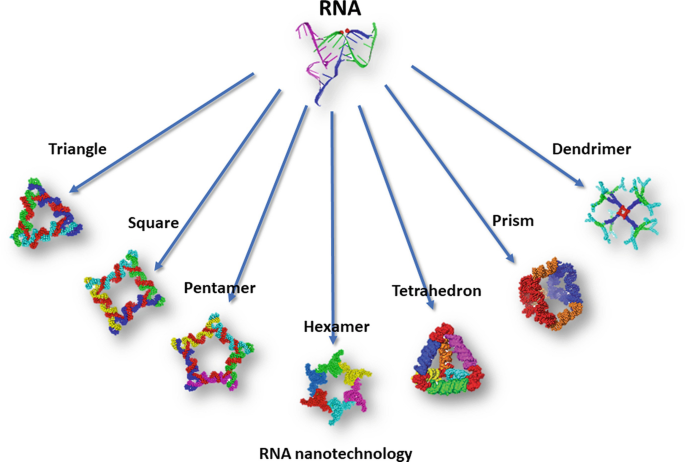
Nanoparticle-based gene therapy for the treatment of diseases
using nanoparticles to transfer genes to target cells in order to treat diseases.
The use of nanoparticles as drug delivery systems for the diagnosis and treatment of diseases is a major advancement in the field of medicine. These nanoparticles have many advantages and capabilities, some of which can be mentioned:
Advantages
High speed and efficiency: due to their small size, nanoparticles are able to quickly and with high efficiency transfer the medicine to the required points in the body.
Direct drug delivery to the target:
These nanoparticles are able to directly deliver the drug to the desired area in the body, which reduces side effects.
Increasing the solubility of drugs:
by using nanoparticles, the solubility of drugs increases and as a result, the effectiveness of drugs improves.
Reduction of drug consumption:
Due to the accurate and direct delivery of the drug to the desired area, the drug consumption is reduced, which causes lower costs and reduces the risk of side effects.
The possibility of imaging specific areas of the body:
some nanoparticles provide the possibility of imaging specific areas of the body, which is very useful in the diagnosis and treatment of diseases.
capabilities
Innovative advances in treatment:
The use of nanoparticles can lead to the emergence of innovative and new approaches in the treatment of diseases.
Reduction of side effects:
With accurate drug delivery, the possibility of side effects is reduced, which can improve the treatment experience of patients.
Early diagnosis of diseases: Through the use of nanoparticles, it is possible to diagnose diseases early and start treatment on time.
Iecreasing the therapeutic efficiency: by using nanoparticles, the therapeutic efficiency is increased and as a result, the therapeutic effectiveness is improved.
The use of nanoparticles as drug delivery systems provides new possibilities and ideals for the diagnosis and treatment of diseases and can make significant improvements in this field.
Dimensions of nanoparticles:
Nanoparticles, due to their size in the range of nanometers, are able to move steadily and precisely to specific points in the body and stimulate drugs precisely.
furface coverage:
The ability to coat nanoparticles with special substances such as plasma, lipids or proteins, creates more stability and reduces the risk of decomposition in the body.
High permeability:
Due to their small size, nanoparticles are able to penetrate well into tissues with high metabolism and lack of circulation.
Using targeted systems:
Provides the possibility of accurate delivery of drugs to specific cells and tissues, and this issue can increase the efficiency and effectiveness of treatment.
The ability to carry several drugs:
A combination of different nanoparticles can provide the possibility of carrying several drugs to a target area and improve the therapeutic combination.
Resistance to pH and temperature:
Some nanoparticles have characteristics of resistance to pH and temperature changes, which leads to greater strength and stability.
Targeting properties based on receptors:
The ability to program nanoparticles to deliver drugs to cells based on biological reactions and receptors on the cell surface is a very useful feature.
The possibility of transporting insoluble drugs in water:
Nanoparticles can emulsify drugs that are insoluble in water and deliver them without problems.
The ability to change shape and composition:
Some nanoparticles have the characteristic of changing shape and composition in response to certain conditions, which can be useful in delivering drugs to precise points in the body.
Combination with imaging techniques:
The ability to combine nanoparticles with different imaging techniques, such as MRI or CT scan, allows more accurate diagnosis of diseases.
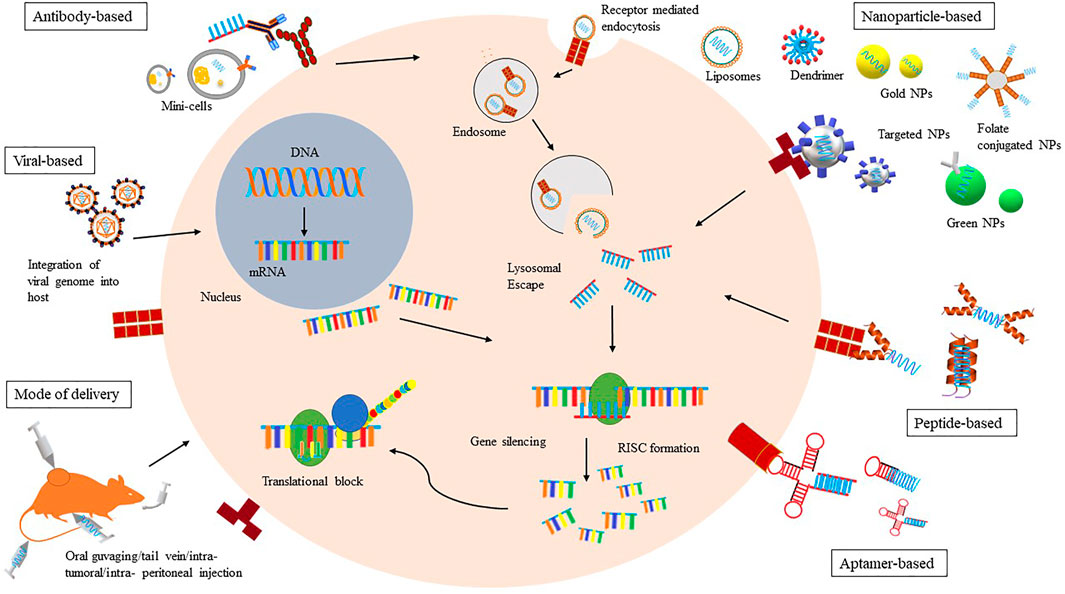
Nanoparticles to overcome drug resistance
this particles can be used as a strategy to overcome drug resistance in the treatment of diseases.
Nanoparticles in the treatment of diseases can be useful in a variety of applications, including
Sending medicine to the required points in the body for more accurate treatment of diseases.
Using Nanoparticles to send drugs to the brain and other sensitive body parts that are difficult to reach with traditional methods.
to stimulate the body’s immune system in order to fight diseases.
to develop targeted and personalized drugs to treat diseases.
to provide new therapeutic methods such as therapeutic hyperthermia and neurotoxicology.

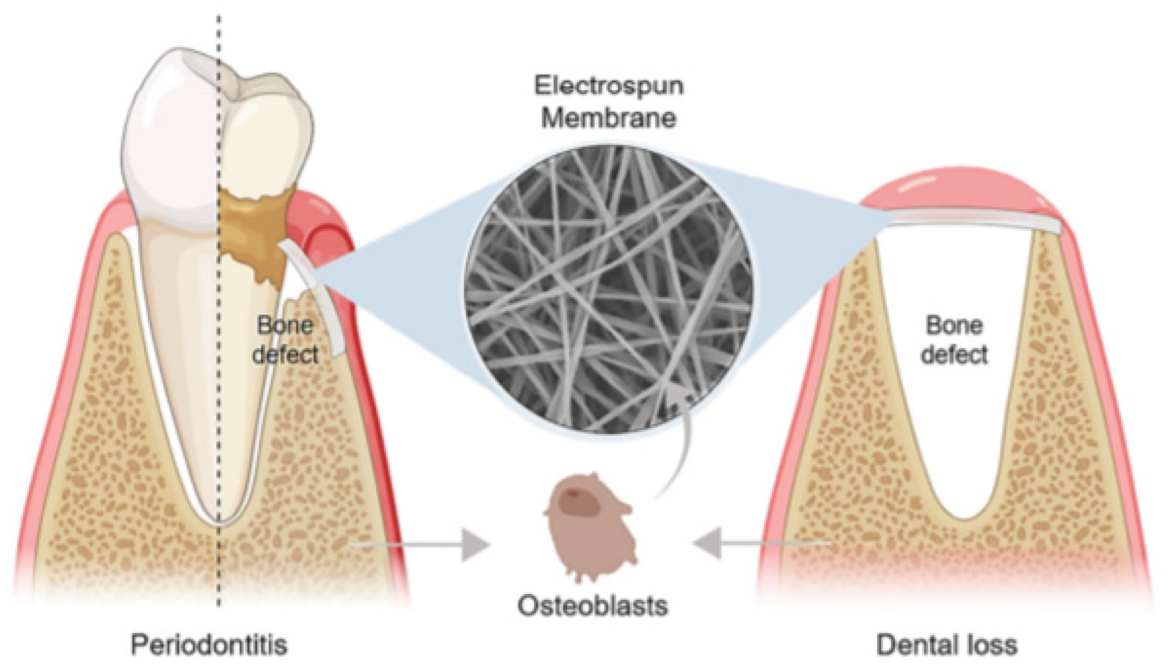
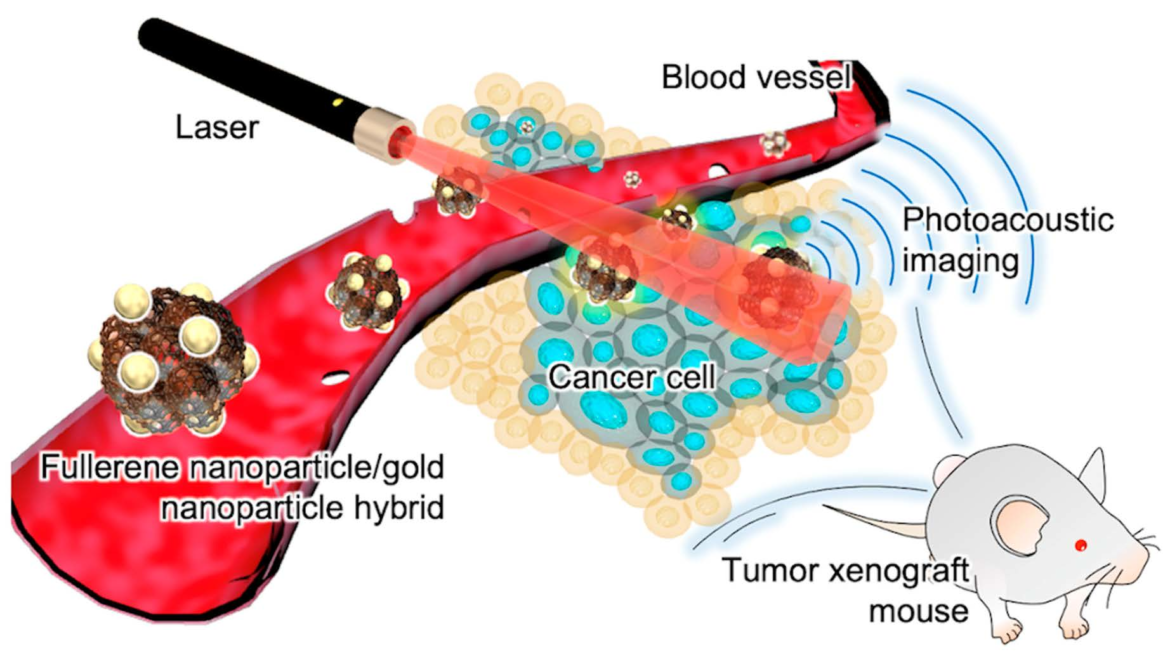
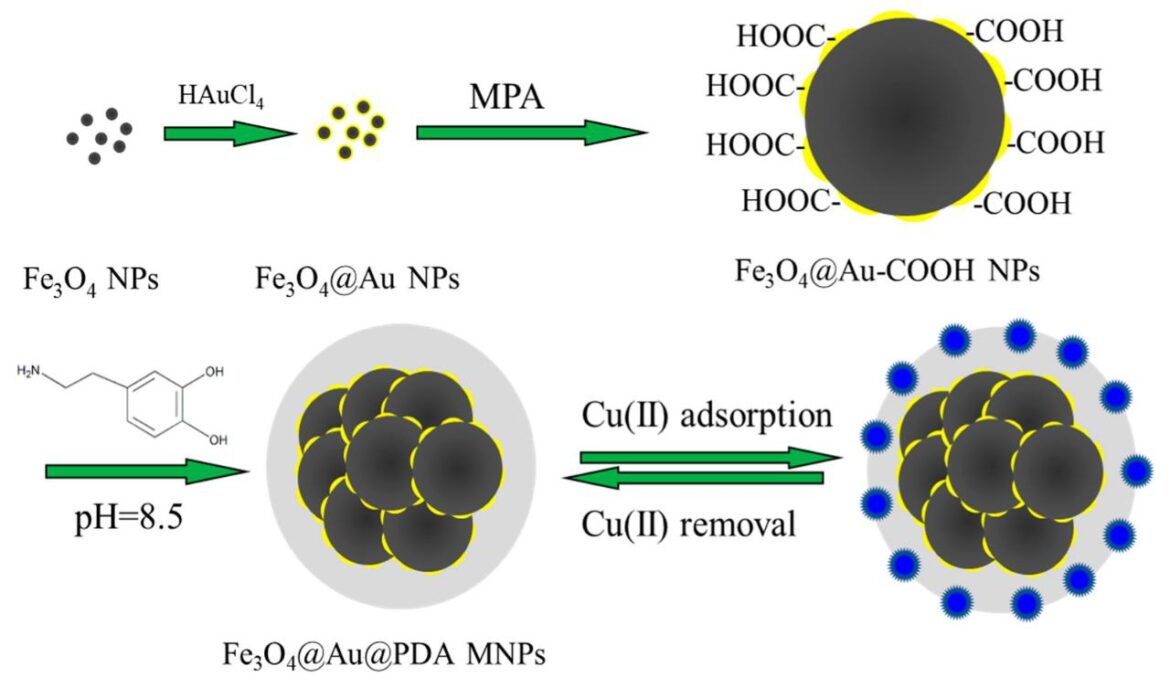
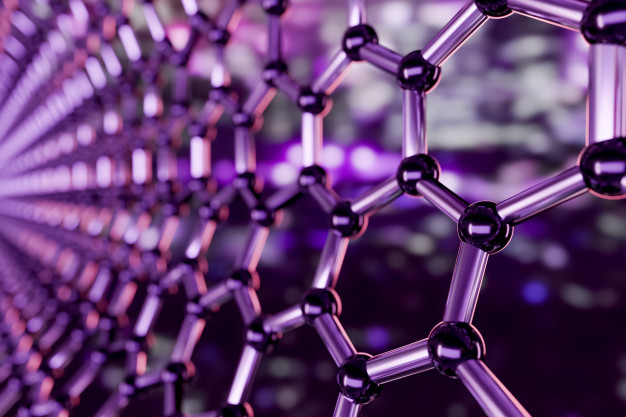
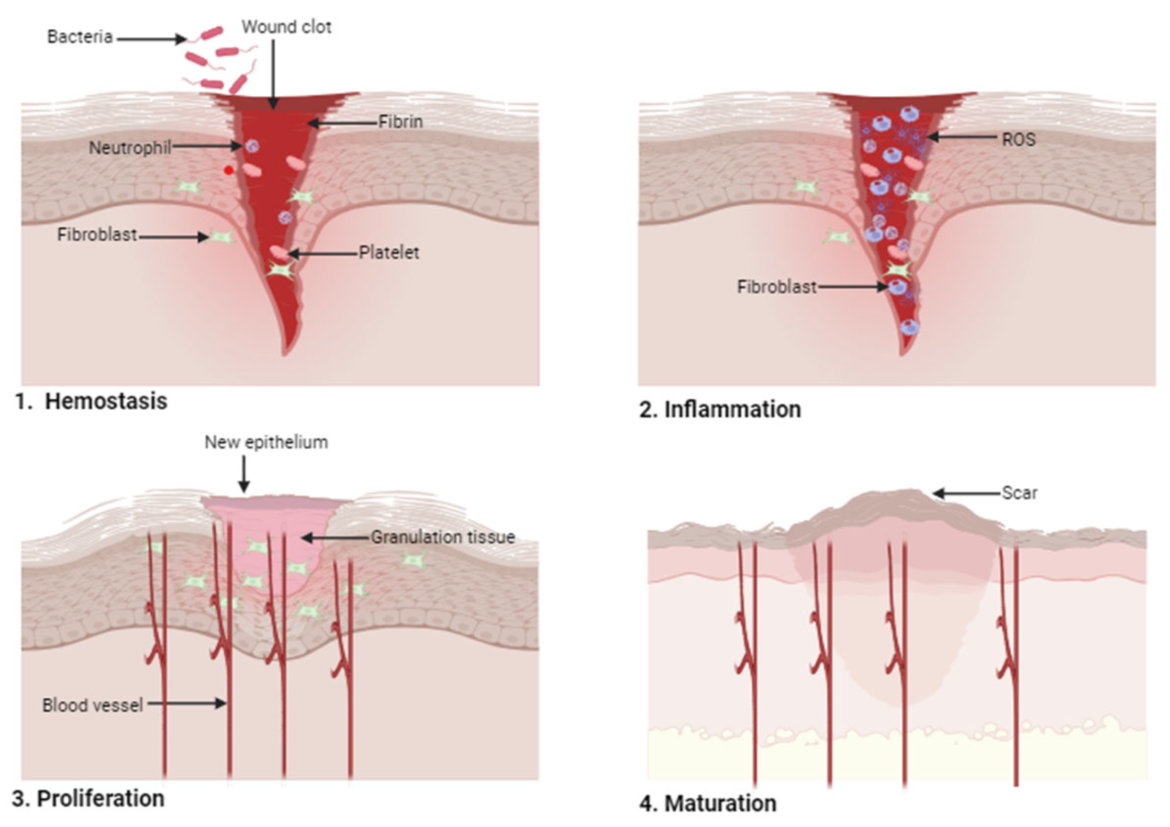
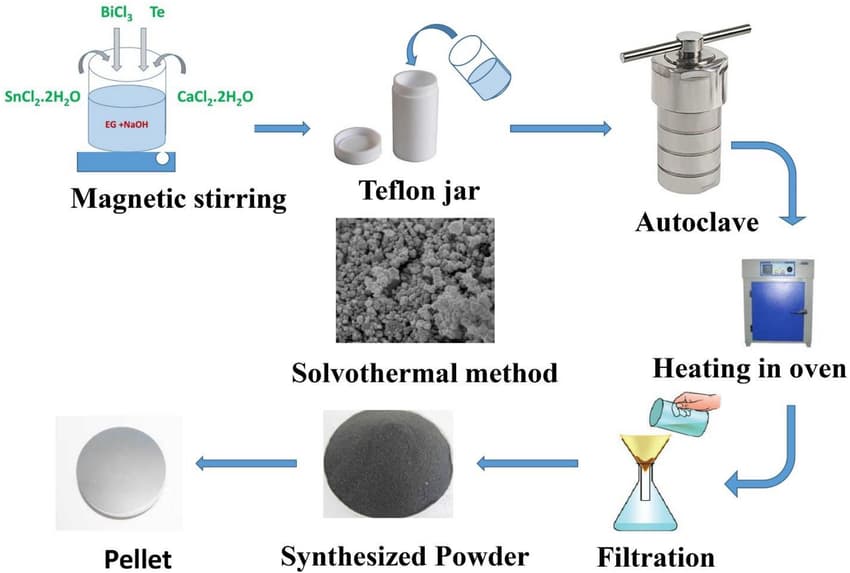
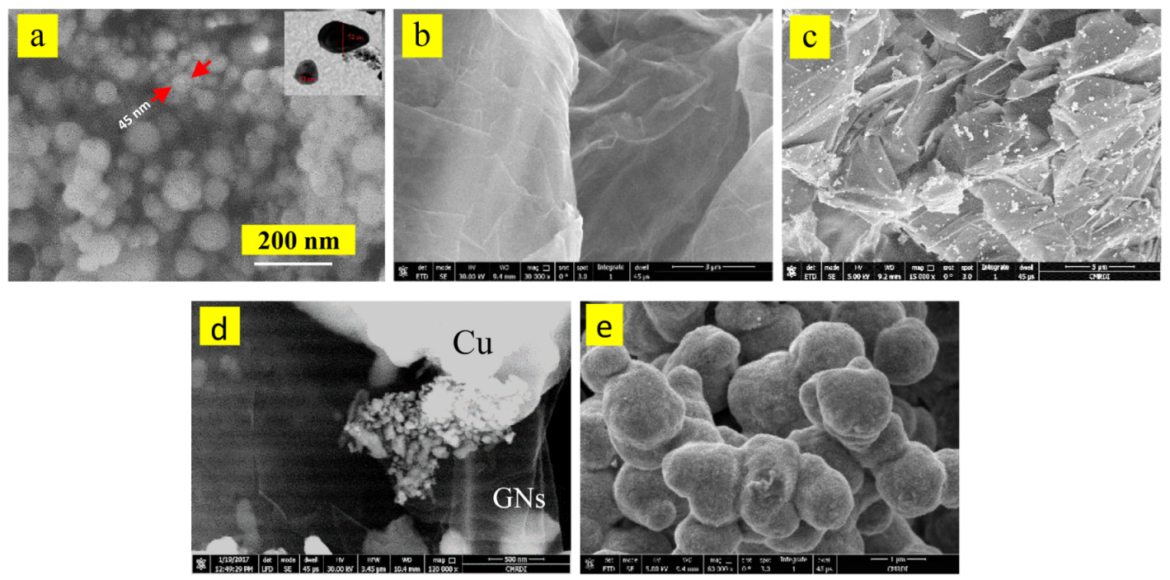
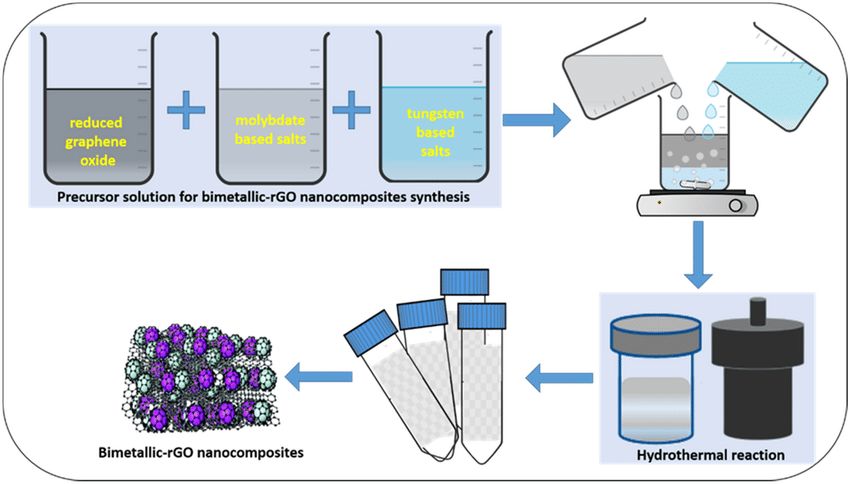
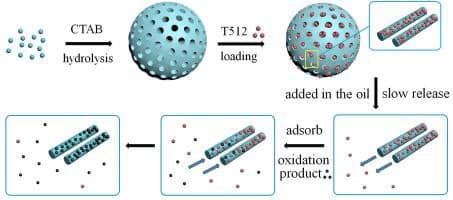
Your comment submitted.